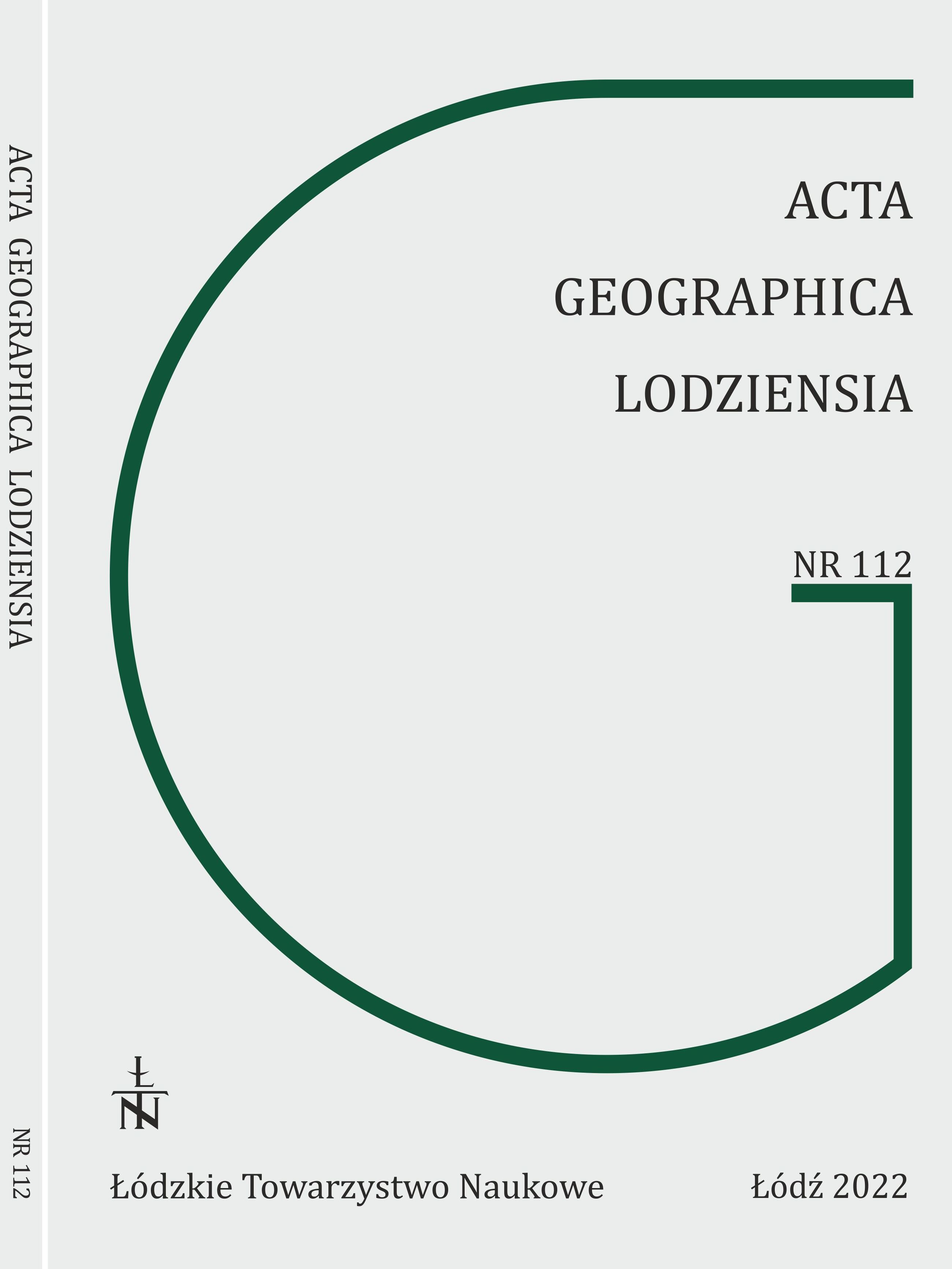Ostatni epizod vistuliańskiego chłodu: cechy diagnostyczne w obszarach ekstraglacjalnych
The last Vistulian cold: diagnostic properties in extraglacial areas
Author(s): Danuta Dzieduszyńska, Joanna Petera-ZganiaczSubject(s): Geography, Regional studies
Published by: Łódzkie Towarzystwo Naukowe
Keywords: Younger Dryas; geological and geomorphological proofs of cooling; palaeohydrological evidence; natural hazards; morphogenetic processes
Summary/Abstract: The general trend of paleogeographic events is dependent on global climate changes. In the analysis of short geological periods, a large role should be assigned to local conditions, understood both in the regional sense and, above all, at the microscale, i.e. the specificity of sites with different morphological location and lithological properties of the substratum, generating a strictly local course of morphogenetic processes reflected in geological records. In this context, a large role should be assigned to the smallest marks of disturbances. Interpretation difficulties that researchers of the Younger Dryas often encounter result from the small thickness of the sub-surface sediment and its weathering changes. The article shows how a detailed analysis of data from the abiotic sphere can be used to reconstruct the conditions prevailing in short geological periods. The area of study is situated in central Poland in an extraglacial zone of the last Quaternary ice sheet that during the Vistulian remained under periglacial conditions (Fig. 1).Among the diagnostic properties are: sedimentological palaeohydrological marks, traces of permafrost re-aggradation, oversnow deposits, aeolian specificity and random events. Changes in the hydrological regimes in rivers are reflected in changes in the sedimentary record showing effective floods (Fig. 2) and together with raising of groundwater table registered in biogenic baśni point two distinct phases of humidity. Traces of permafrost re-aggradation are scarce and found only in particular localities (e.g., under peatlands), but the environmental context of involutions reported from study sites allow us to conclude a return of frozen substratum (Figs 2, 4). The smallscale fissure and fault network in the deposits of the youngest unit of dry periglacial valleys dated to the Younger Dryas were linked to deposition on patches of frozen snow that lasted for several summers and, afterwards, a collapse of he deposit due to melting (Fig. 5). This process did not require the presence of permafrost. In the aeolian environment, the cool conditions of the Younger Dryas resulted locally in the deposition of thin sand covers (Figs 6, 8), which, in favourable topographic conditions, could even form initial dune ramparts (Fig. 7). In the Younger Dryas environment, morphogenetic processes may have been activated by a random event not necessarily associated with global climatic change. One potential example is traces of wildfires registered in a depositional sequence of the Żabieniec site.
Journal: Acta Geographica Lodziensia
- Issue Year: 2022
- Issue No: 112
- Page Range: 19-29
- Page Count: 11
- Language: English, Polish

